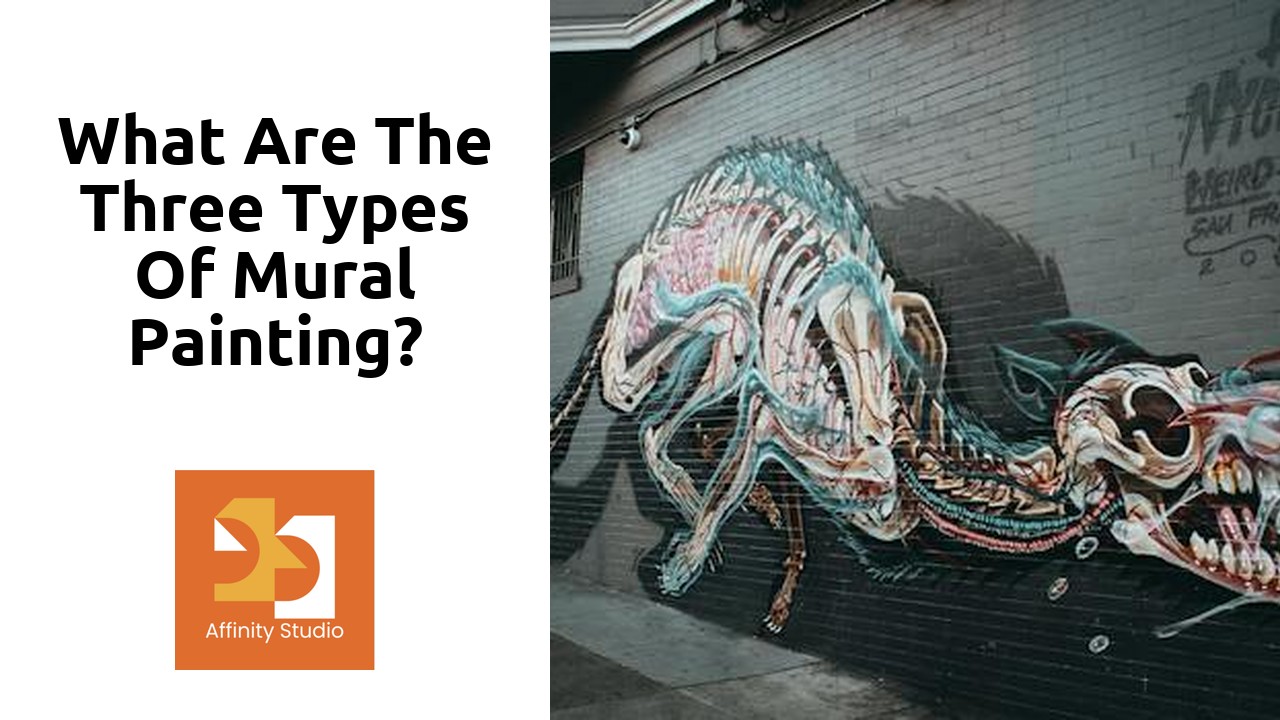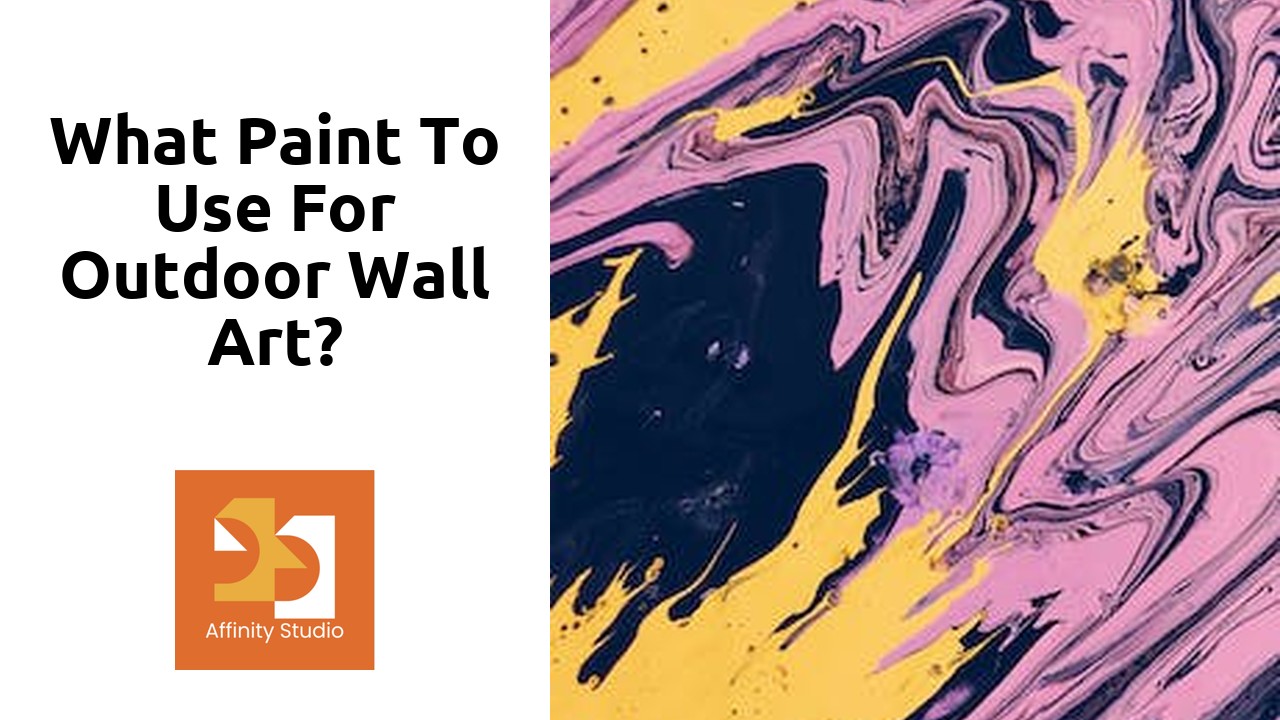Table Of Contents
Exploring the Diverse World of Mural Painting
Mural painting is a captivating form of art that allows artists to transform large walls into vibrant masterpieces. This ancient art form has evolved over time, resulting in a diverse range of styles and techniques. From ancient cave paintings to modern street art, mural painting has become a powerful method of storytelling and self-expression.
One type of mural painting is the historical mural, which depicts significant events or moments in history. These murals often serve as visual records, allowing viewers to better understand and appreciate the past. Historical murals can be found in various places, such as museums, public buildings, and even on the sides of buildings in cities around the world.
Their blog is a great resource for information.
Unveiling the Beauty of Different Mural Painting Styles
Mural painting is a form of artistic expression that has been prevalent across cultures and civilizations throughout history. With its vast scope, mural painting offers a plethora of styles and techniques that captivate and stimulate our visual senses. From the ancient frescoes of Pompeii to the contemporary street art that adorns urban landscapes, mural painting manifests in various styles that showcase the creativity and skill of the artists involved.
One of the key mural painting styles is the classical or traditional style. This style often employs realistic and detailed depictions of scenes, utilizing techniques such as chiaroscuro and perspective to create an illusion of depth and dimension on the walls. The classical style can be seen in historical murals found in palaces, churches, and public buildings, showcasing historical events, mythological tales, or everyday life scenes. The attention to detail and the meticulous execution of this style make it a timeless and visually striking choice for mural painting.
Masterpieces on Walls: Understanding Mural Painting Varieties
Mural painting is a captivating form of art that has been around for centuries. It is a unique and immersive way to express creativity and tell stories. There are three main types of mural painting: fresco, mosaic, and trompe-l’oeil.
Fresco painting is one of the oldest techniques used in mural painting. It involves painting directly onto wet plaster, which allows the pigments to become a part of the wall itself. This technique creates a long-lasting and vibrant artwork that can withstand the test of time. Artists who specialize in fresco painting must work quickly and efficiently, as they only have a short window of time before the plaster dries.
Mosaic painting, on the other hand, involves creating a piece of art by arranging small pieces of colored glass, stone, or other materials to form a larger image. This technique has its roots in ancient civilizations, particularly in ancient Greece and Rome. Mosaic murals can be incredibly detailed and intricate, showcasing the skill and craftsmanship of the artist.
Another type of mural painting is trompe-l’oeil, which translates to “trick the eye” in French. This technique aims to create an optical illusion that makes the viewer believe that the painted image is three-dimensional. Trompe-l’oeil murals often feature realistic portrayals of objects or scenes that seemingly jump out of the wall. This technique requires a high level of precision and attention to detail, as every brushstroke must be executed with great accuracy.
Each type of mural painting offers a unique and beautiful form of artistic expression. From the ancient frescoes of the Renaissance to the modern trompe-l’oeil murals adorning contemporary buildings, these masterpieces on walls continue to captivate and inspire audiences around the world.
From Walls to Canvases: The Evolution of Mural Painting Techniques
Mural painting has a rich history that dates back centuries. Over time, the techniques and materials used in mural painting have evolved significantly, leading to the transition from walls to canvases. In the early days, mural paintings were exclusively created on walls, showcasing grand scenes and narratives. However, as artists began to embrace new forms of expression and experimentation, they started transferring their intricate designs onto canvases.
This shift from walls to canvases opened up a world of possibilities for mural painting. Artists were no longer confined to a fixed location or limited by the size and structure of a wall. Canvases allowed for greater flexibility and portability, enabling artists to create murals that could be showcased in galleries, exhibitions, and even museums. This evolution of mural painting techniques not only expanded the artistic horizons but also elevated the status of murals as a form of fine art. Today, mural paintings can be found adorning the walls of public spaces, as well as displayed in prestigious art collections around the world.
Captivating Stories through Mural Artistry
Captivating Stories through Mural Artistry
Mural artistry has long been celebrated for its ability to tell captivating stories. Through the use of vibrant colors, intricate details, and larger-than-life images, murals have the power to transport viewers into a different world. Whether it’s depicting historical events, cultural traditions, or personal experiences, murals have the unique ability to capture the essence of a story and communicate it to a wide audience.
One of the most remarkable aspects of mural artistry is its ability to engage viewers on an emotional level. The sheer size and grandeur of murals allows for a more immersive experience, drawing viewers in and evoking a range of emotions. From awe and wonder to empathy and introspection, murals have the capacity to connect with people on a deep and personal level. This is what makes mural artistry truly special – the ability to not only visually convey a story, but also to evoke a profound emotional response from those who encounter it.
The Artistic Language of Mural Paintings
The artistic language of mural paintings is truly captivating. Through the use of vibrant colors, intricate details, and larger-than-life imagery, murals have the power to communicate powerful messages and evoke deep emotions. Whether it’s a narrative scene, an abstract design, or a realistic portrayal, mural paintings have the ability to capture the attention and imagination of viewers.
One of the key elements of the artistic language of mural paintings is symbolism. Artists often incorporate symbolic elements into their work to convey deeper meanings and messages. These symbols can range from objects and animals to colors and patterns, each carrying its own significance. The use of symbolism adds layers of complexity to mural paintings, inviting viewers to decipher and interpret the hidden meanings behind the artwork. It is this unique language of symbols that makes mural paintings such a rich and thought-provoking form of artistic expression.
FAQS
What are the three types of mural painting?
The three types of mural painting are fresco, mosaic, and trompe-l’oeil.
What is fresco mural painting?
Fresco mural painting is a technique that involves painting on freshly laid wet lime plaster. The pigments are absorbed into the plaster, creating a durable and long-lasting artwork.
What is mosaic mural painting?
Mosaic mural painting involves creating an artwork by assembling small pieces of colored glass, ceramic, or stone called tesserae. These tesserae are arranged to form a larger image or pattern.
What is trompe-l’oeil mural painting?
Trompe-l’oeil mural painting is a technique that creates an illusion of three-dimensional space on a flat surface. It often involves realistic depictions that trick the viewer’s eye into perceiving the painted objects as real.
How is fresco mural painting different from other types?
Fresco mural painting is unique because it requires the artist to work quickly on wet plaster, allowing the pigments to be absorbed into the surface. This technique creates a strong bond between the paint and the wall.
Is mosaic mural painting a time-consuming process?
Yes, creating a mosaic mural can be a time-consuming process due to the intricate arrangement of small tesserae. It requires careful planning, precision, and patience to achieve the desired result.
Can trompe-l’oeil mural paintings fool the viewer into thinking they are real objects?
Yes, trompe-l’oeil mural paintings are specifically designed to create an optical illusion, making the viewer perceive the painted objects as real. It is a skillful technique that requires attention to detail and realism.
Are there any other types of mural painting besides fresco, mosaic, and trompe-l’oeil?
Yes, besides fresco, mosaic, and trompe-l’oeil, there are other types of mural painting such as acrylic murals, graffiti murals, and digital murals. These newer forms of mural painting have gained popularity in recent years.




